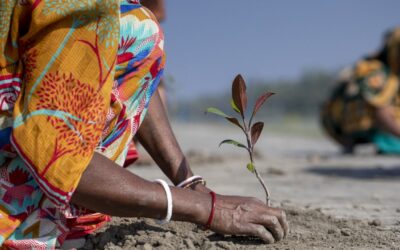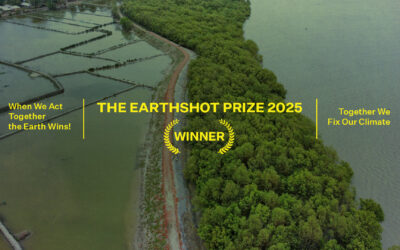As our coastal regions continue to face more intense and frequent calamities, efforts to conserve our primary line of defence – the Sundarbans’ mangroves, need to step up much faster

by Iffat Ara Sharmeen
July 27, 2024
At the southwest corner of Bangladesh lies the world’s largest mangrove forest, a UNESCO Heritage Site called the Sundarbans. The country constantly weathers severe tropical storms throughout each year, having little time for recovery. It is this forest’s mangroves that shield the people of Bangladesh from much of the damage caused by these natural disasters, such as coastal erosion, rising salinity, and loss of wildlife. The tropical disasters are getting more common and extreme now due to climate change. These mangroves simply cannot keep up at this rate. On this International Day for the Conservation of the Mangrove Ecosystem, Friendship reaffirms its stance on climate adaptation, calling upon everyone to protect the protectors of the coast through large-scale reforestation and conservation efforts.
The Sundarbans: A Home, A Mother, A Deity
Approximately 12 million people call the Sundarbans their home. Most of these people are marginalised, heavily relying on the forest’s resources for their livelihoods. Deep in the forest, crocodiles and tigers lurk, but surviving in the forest is no easy feat. Floods, tidal surges, storms, and cyclones make things more difficult. Yet, the people remain grateful, for the forest provides everything to them, from shelter to food, just like a watchful mother, which it is oft-called. Locals chant the name of the mythical deity Bonbibi, guardian of the mangrove forest, in the hopes of protection and sustenance.
“Whenever anyone in this forest calls me mother, I must fly to their rescue. In the low-lying lands of the eighteen tides, I am the mother of each and everyone.” – Bonbibi (Tony K. Stewart 2019: 110)
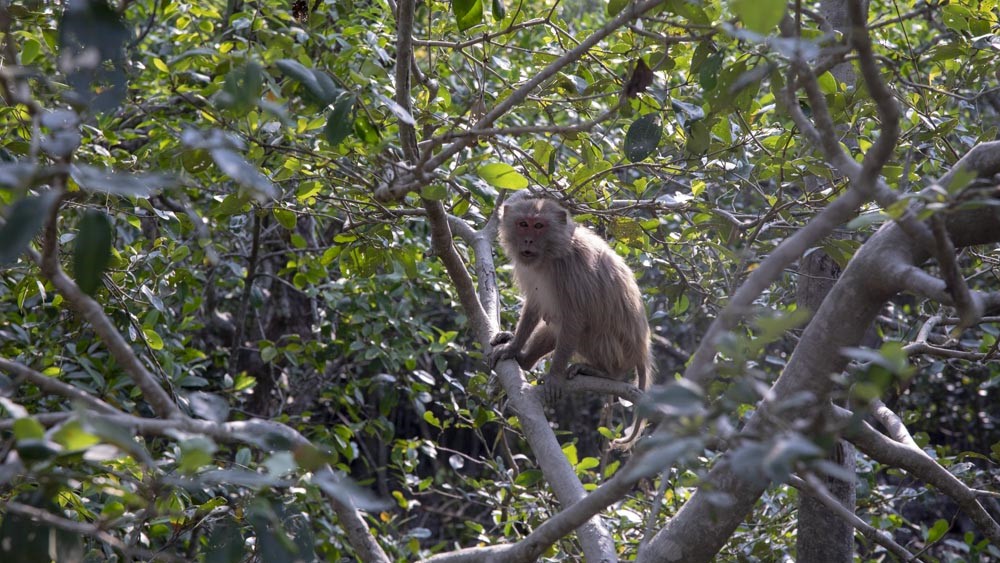
Protecting the Land of the Eighteen Tides
The Sundarbans is also known as the ‘land of the eighteen tides’, a stark reminder of how frequently it deals with natural disasters. The accelerated decline in the mangrove ecosystem has led to constant flooding of embankments, loss of fishing villages and wildlife, little drinking water, and rampant spread of diseases. Mangroves absorb carbon dioxide at a much faster rate compared to other forests. Thus, it is crucial to protect these resilient trees and accelerate efforts in forestation to mitigate climate change.
But how can we nurture hope in an area primed for continuous doom?
Friendship’s Efforts till Date
To solve this complex issue, Friendship initiated the largest privately-owned mangrove plantation programme in the Sundarbans, in the mudflats between the rivers and embankments. The local community members themselves plant and take care of the young mangrove trees. The trees attract shrimps, fish, bees, and crabs, which allow locals to make food and secure multiple sources of income once the saplings mature. They also act as a buffer to the floods before they hit the embankments, and absorb salinity which has become a major health concern.
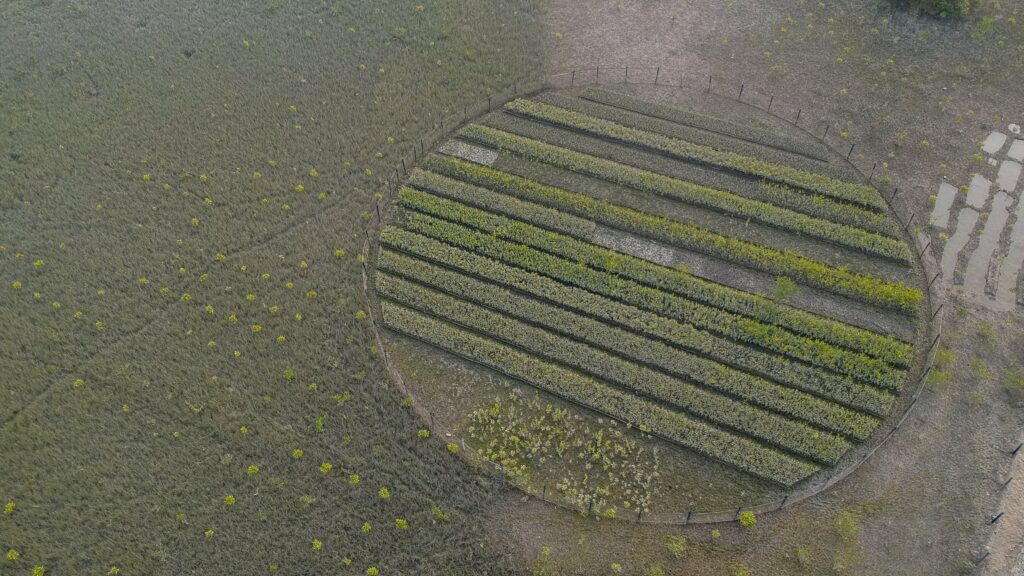
The nature-based holistic design of the plantation programme proved to be sustainable, garnering trust and acceptance from the locals. Before diving into the work, Friendship worked to raise awareness and understanding of mangrove ecosystems, their role in climate change, and adaptive agricultural practices. More than 140 hectares (300,000 trees) have been afforested. A further 50 hectares of restoration work is in progress. The programme aims to benefit 13,800 local people and protect 2,000 metres of embankment dikes.
Friendship’s afforestation project was selected as one of the 20 best-practice examples of Forest and Landscape Restoration in the Asia-Pacific by IUCN and the UN Food and Agriculture Organisation (FAO). It was also featured in the first volume of RESTORE: Asia-Pacific Forest and Landscape Restoration Video Journal. The programme also won praise from foreign dignitaries and global conferences such as COP.
Friendship currently operates the Blue Mangrove Fund, a high impact fund that allows individuals and organisations to offset their carbon footprint by investing in Friendship’s plantation efforts in the Sundarbans.
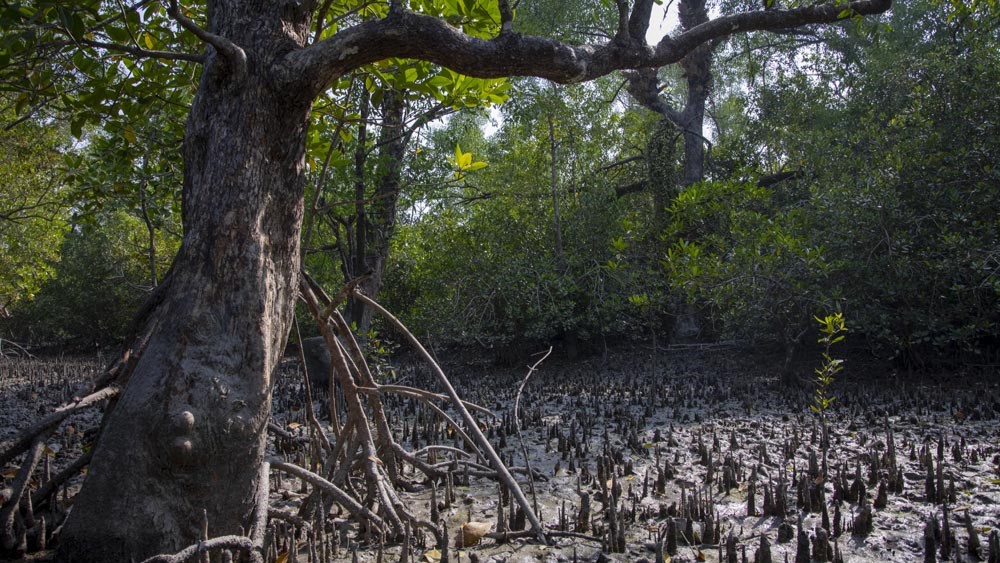
A Modest Effort for a Greener Future
Bangladesh is an unfortunate victim of climate change, being least responsible for it and most affected by it. Elaborate meetings between world leaders on climate change have done little to help. Friendship hopes to restore the Sundarbans as much as possible, and along with it, hope and dignity of its people. Friendship continues to fill the gaps for a more cohesive cooperation among the government, media, and companies to support the Sundarbans. Although the effort is small, it is intended to turn around the guardian forest’s fate.


